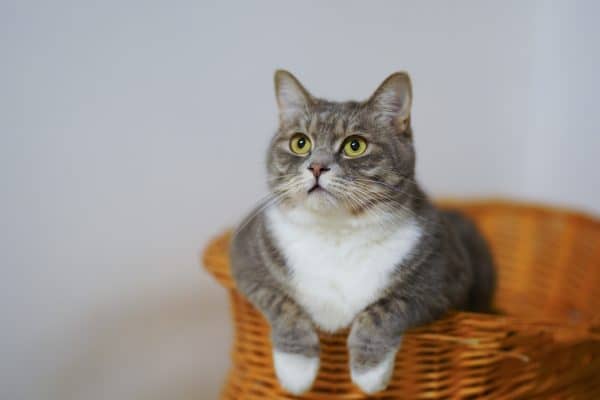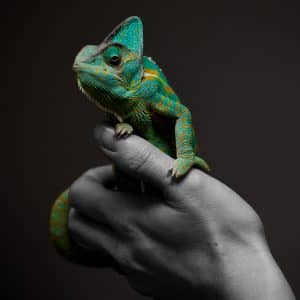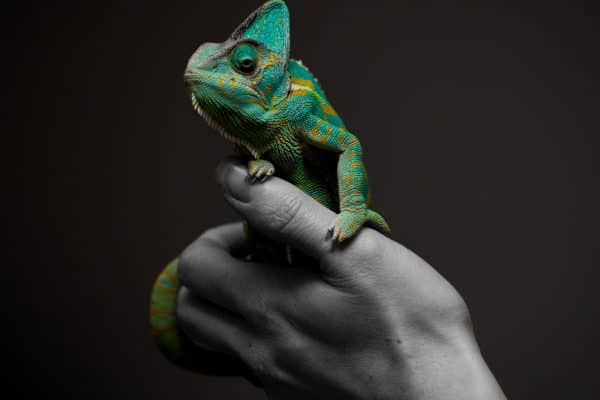How to Reduce Your Cat’s Stress When Going to the Vets

Going to the vets is a common source of anxiety and stress for cats as a whole. From the unfamiliar environment to the handling and procedures involved, the entire experience can be overwhelming.
However, as a responsible cat owner, there are steps you can take to help alleviate your feline friend’s stress during vet visits. Here’s how you can make the appointment a more positive experience for both you and your cat.
How to Recognise Signs of Stress in Cats
First of all, you need to be able to recognise when your cat is feeling stressed in order to address their needs effectively. Common signs of stress in cats include:
- Hiding or attempting to escape
- Excessive grooming, resulting in hair loss or skin irritation
- Loss of appetite or overeating
- Increased vocalization or aggressive behaviour
- Prolonged periods of restlessness or pacing
- Litter box avoidance or changes in litter box habits
Following on from this, here’s how you can reduce your cat’s stress if they are exhibiting any of the signs above, particularly when they are visiting the vet surgery.
Tips for Reducing Your Cat’s Stress During Vet Visits
Familiarise & Desensitise the Cat Carrier
One top tip is to introduce your cat to the carrier well before the vet visit. By leaving the carrier open in a comfortable area and placing familiar bedding, toys and treats inside, they will be able to easily explore. The familiar additions will create positive association and, eventually, they will become accustomed to it as it will be less intimidating.
Enable Stress-Free Transportation
When transporting your cat in the cat carrier, minimise stress by choosing a quiet and comfortable mode of transportation. Make sure it is placed securely in the vehicle and choose a route which avoids excessive movement or vibrations. Also, consider covering the carrier with a blanket to create a cosy and secure space.
Prepare for the Vet Visit Beforehand
Before their appointment, try to tire your cat out with playtime and exercise – this will also help reduce anxiety! Keep their routine as normal as possible, however avoid feeding them immediately before the visit to prevent potential car sickness. Finally, provide a quiet and safe space for relaxation before you leave.
Gentle Handling & Positive Reinforcement
During the vet visit, ensure that the veterinary staff uses gentle handling techniques to minimise stress. Allow the vet to approach your cat slowly and calmly, providing positive reinforcement with treats, gentle petting, and soothing words. This helps to create positive associations with the vet and reduces fear and anxiety.
Post-Vet Visit Care & Attention
After the vet visit, continue to provide a calm and comforting environment for your cat. Monitor their behaviour and offer additional affection or playtime if needed. Keep an eye out for any changes in eating, elimination, or behaviour that may indicate ongoing stress, as mentioned above.
Benefits of Raw Feeding for Your Cat
Reducing your cat’s stress during vet visits is essential for their overall wellbeing. Remember, patience, understanding, and a calm demeanour go a long way in ensuring your cat’s comfort. It maintains their trust, strengthening the bond between you and your feline companion.
Did you know that a raw fed diet gives your pet more energy but the ability to control it better? This means that they will be considerably calmer and their temperament will dramatically improve. Shop today at Kiezebrink!








